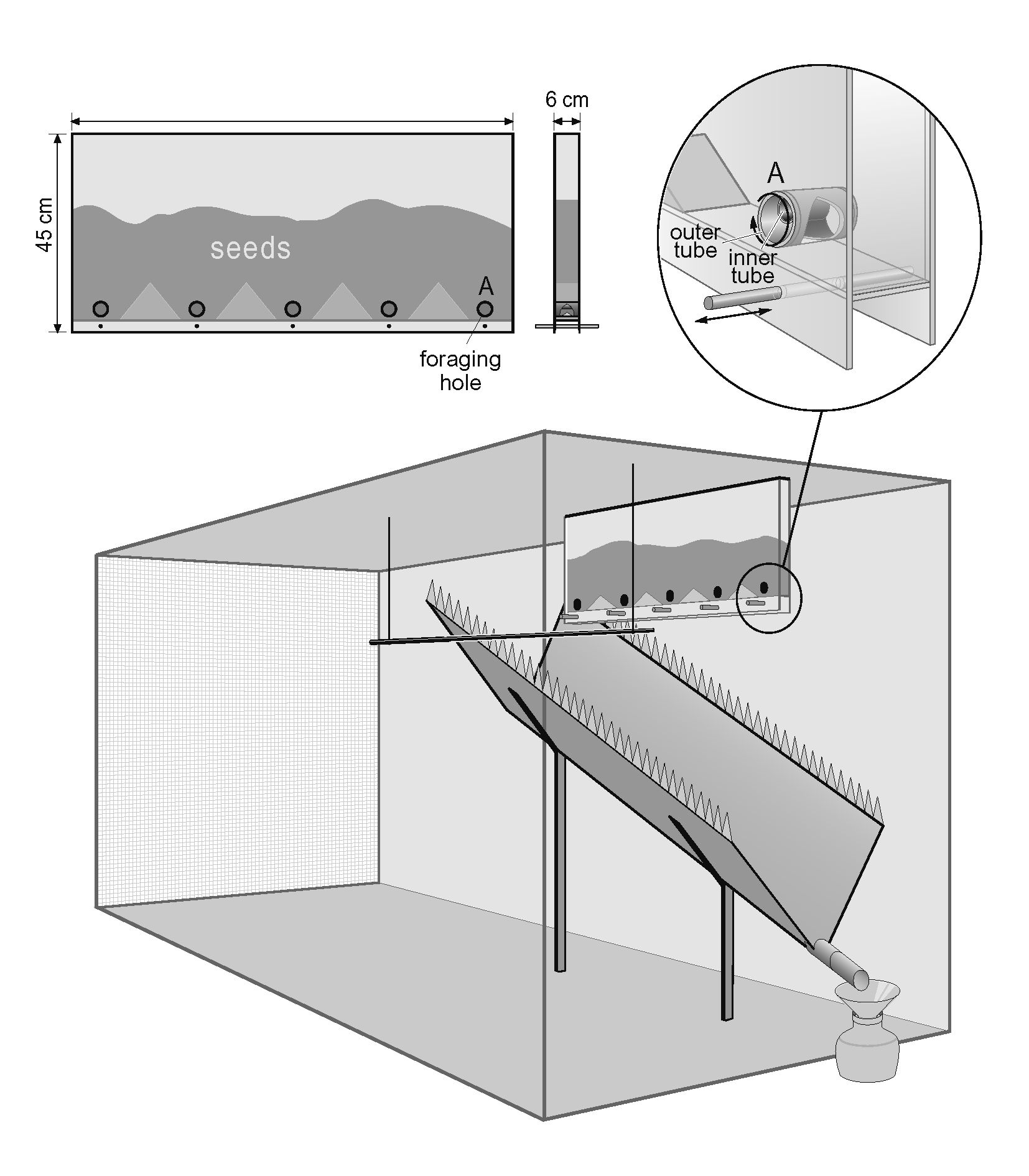Variation in food availability is one of the main drivers of variation in phenotypic state in natural conditions, and consequently also a driver of higher level ecological processes. Unfortunately, studying the consequences of variation in food availability in vertebrates is difficult. Firstly, because measuring food availability as experienced by free-living animals, expressed for example in the effort required per food reward, is very difficult in most cases. Note that this definition of food availability reveals a distinction between food availability and food consumption, between which the connection is not straightforward. Secondly, because manipulating food availability is difficult without confounding effects, for example because of animals congregating at the food, which in turn may attract predators. These issues do not arise in laboratory experiments, but there other issues arise. Foremost is the practical problem that it is difficult to change food availability as animals experience it in nature for prolonged periods, i.e. by a change in the effort required per item of food, in particular for animals living in groups.
We manipulate foraging costs of zebra finches using a simple approach that can be used on groups of birds indefinitely with replenishing the food supply as the only maintenance. The essence of the technique (figure below from Koetsier & Verhulst, 2011) is that food (seeds) is supplied in a box suspended from the ceiling (bottom panel), with holes in the sides from which the birds can obtain their food (top left panel). In the ‘easy’ treatment, there is a perch under hole on which the birds can sit to eat (top right panel). In the ‘harsh’ treatment, the perch is missing, forcing birds to fly to and from the food box for every seed they eat. Seeds that are dropped are collected through a trough to avoid birds foraging on the floor.
